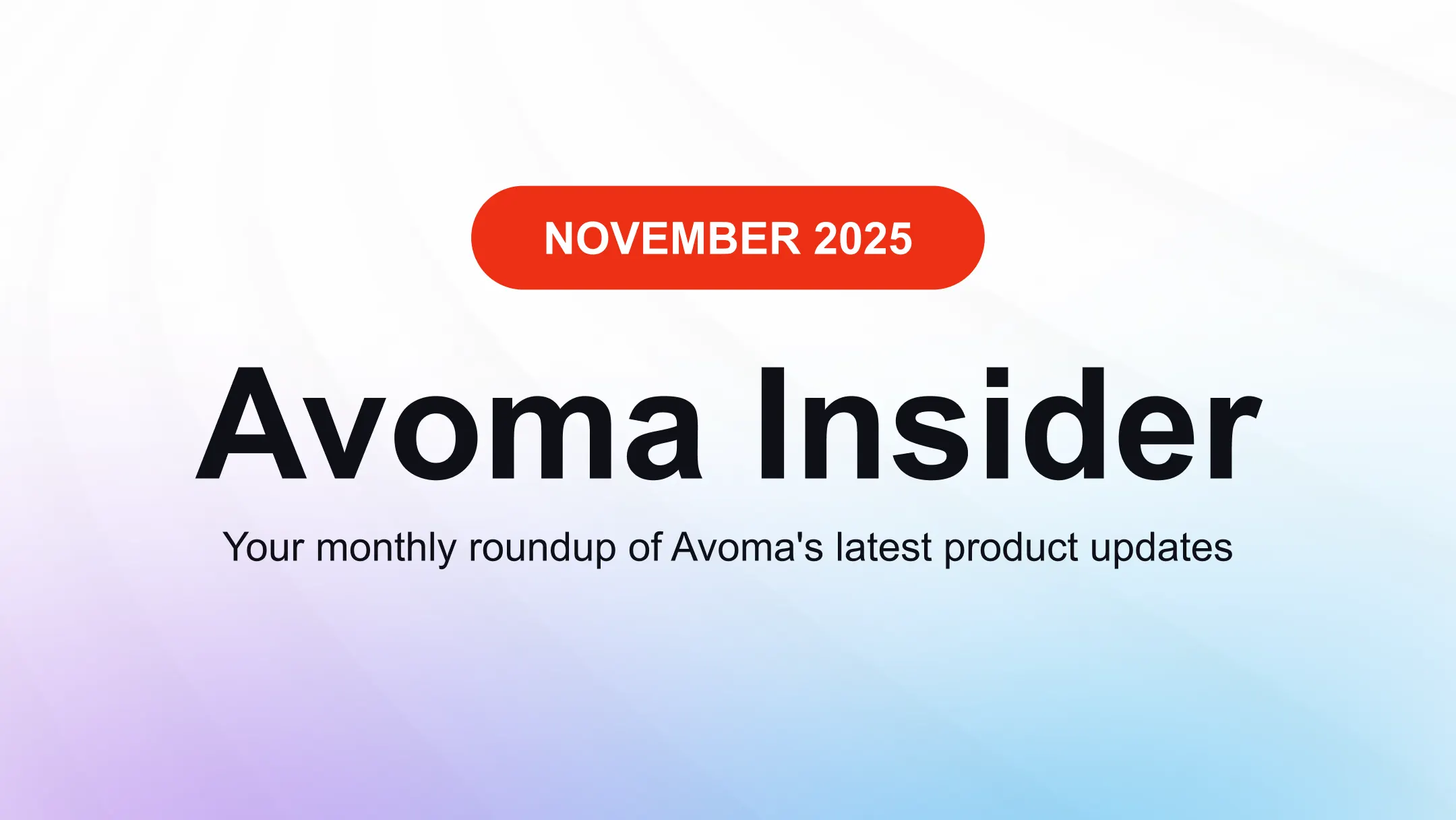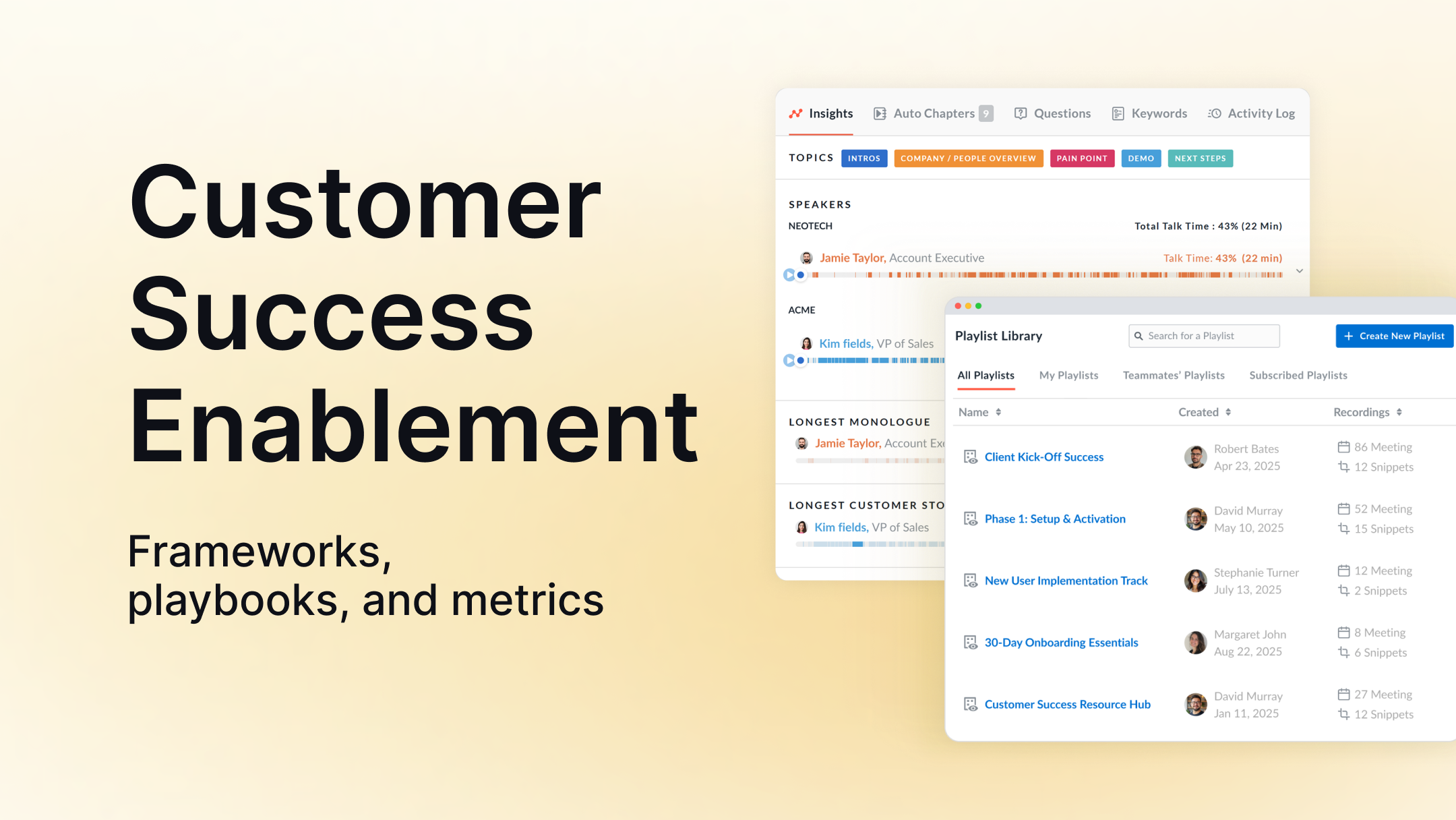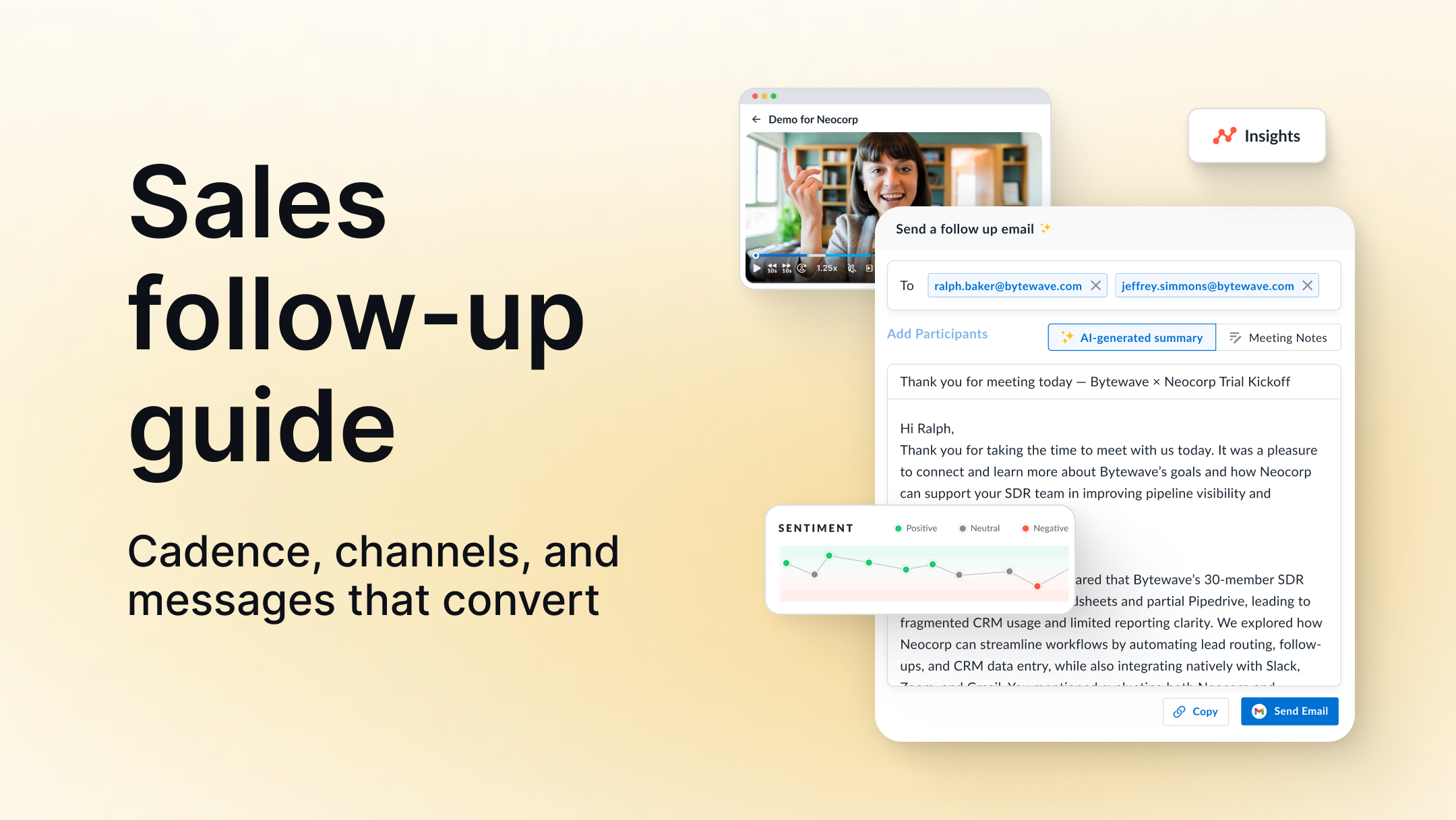How to book more meetings with multi-channel prospecting
Table of Contents:

Some questions in sales don’t have easy answers. For instance: is it best to reach out to 40 new prospects daily? Or is it more effective to repeatedly reach out to 12 prospects through different channels?
The answer to the first question is the forever-hit golden words, “it depends.” If you have a quota that requires you to call or email 40, 50, or even 60 prospects every day—you probably should get your head down and do it, especially if your pay (and job security) is tied to retiring the daily quota.
If you have some free reign in prospecting and you’re paid for booking meetings (and not just making the calls), you have your hint in the second question: Many times, it’s indeed best to approach a smaller pool of prospects from multiple touch points to improve your booking rate.
But that understanding leads to many other follow-up questions, such as:
- Why is multi-channel prospecting more effective?
- How many touches are you supposed to make?
- And how to carry it out effectively without spamming your prospects?
Those are some of the questions we will address in this blog in the hope that you can improve your prospecting chops to book more meetings. But first, let’s get a few basic things out of the way.
What is multi-channel prospecting (MCP)?
Multi-channel prospecting or MCPis a sales approach that involves reaching prospects through multiple communication channels to maximize engagement and conversion. Instead of relying on a single touchpoint—such as email or cold calls—multi-channel prospecting leverages a combination of email, phone calls, social media (especially LinkedIn), webinars, online communities, and website interactions to capture a prospect’s attention.
This strategy ensures consistent and repeated exposure to your brand, increasing the chances of conversion while reducing dependency on any single channel. Since B2B sales often require multiple touchpoints (typically 6–8) before a prospect becomes a lead, multi-channel prospecting helps sales teams stay persistent and relevant throughout the buyer’s journey.
If prospecting needs mental grit, multi-touch prospecting requires you to train and work like a triathlete—you have to overcome obstacles and challenges many times over. Instead of sending your client an email once and never looking back, multi-touch prospecting demands you reach out to them again after three days.
And when they don’t respond to your first couple of calls, you should send them an email demonstrating to them the value you can offer. Most prospects might turn you down on your offer, but instead of giving up—you add them on LinkedIn and hang on their radar so that they think of you first when they are ready to buy a product similar to yours. In that sense, multi-touch prospecting is mind over matter.
Now that we have some warm-up about multi-touch prospecting out of the way, let’s do some heavy lifting to understand what it takes to make it effective.
The perfect components of a multi-touch prospecting cadence
Prospecting, in general, is a tricky affair—and multi-touch prospecting is doubly so. You have to be persistent with prospecting, but you also should ensure that what you sell is valuable to the customers.
If you don’t do it right, you will come across as an annoying salesperson. And if you keep repeating the same mistakes over and again, it will reflect poorly on you and your brand.
To make multi-touch prospecting work, you first need a blueprint so that you have a direction to follow. Here’s an example that the sales team at Avoma follows:

If this cadence looks familiar, it probably is. The steps through 3–8 are like logging your sales activities in CRM—only before they happen. You end up logging each activity in your CRM every time you reach out to customers anyway—the above template is a proactive way to give your outreach a concrete direction.
This is a template for you to work on—use it as an open-source plan to build your own prospecting cadence. With some prospects, you might stop at just the third touch. With others, you may have to go on till the sixth or eighth touch—or perhaps, you might never hear from them.
Building a template essentially helps you develop a system for prospecting. It helps you develop predictable prospecting habits so that you don’t have to second-guess what next to do in your prospecting cadence. It’s also a way to hold yourself accountable to follow each and every step in the plan.
The activities across the different touches can vary based on what you prefer, the details you have on a prospect, and other variables. There’s no written-in-stone formula that says “email outreach is better than cold calling in the first touch” or vice versa. Work with what you have and based on what increases the likelihood of a response from the prospects.
With that in mind, here are some of the tips to make the most out of multi-touch sales development.
Tips to develope a winning multi-channel prospecting strategy
Use cold calling to open new doors
Despite claims of its decline, cold calling remains a powerful tool in B2B sales. The misconception that it's a numbers game or only suitable for extroverted reps is simply not true. While cold calling requires discipline, grit, and a well-crafted strategy, it can be a game-changer when done right.
To succeed, ensure you're targeting the right prospects at the right time with a thoughtful call script. Cold calling is most effective when paired with research—know your prospects and tailor your approach to their needs. Using AI-powered dialers, you can automate time-consuming tasks, like detecting voicemails and skipping invalid numbers, allowing you to focus on engaging with the right leads.
But the key to improvement is reflection. Review your past sales calls to identify areas for refinement. Listening to your pitch—whether your own or your colleagues’—will provide valuable insights to perfect your approach. By continually honing your cold calling technique, you turn it into a potent opener for new sales opportunities.

Cold calls are great for first-touch sales development, but you don’t always get the results you want with just one phone call. That’s when you should move to the next step in your plan and approach your prospects with a different tactic from a different channel.
Give them value with every touch
Much like in follow-ups, the golden rule about multi-touch prospecting is that you have to offer value to your prospects with every other touch. A sales touch that doesn’t extend a value, possible solution, or promise to its prospect is a total dud. What’s the incentive for prospects to accept an offer that doesn’t fulfill their needs or wants, anyway?
As buyers, our brains are naturally wired to question, “what’s in it for me?” every time we see an ad or are approached by a salesperson. It’s a principle in behavioral psychology that marketers and sales copywriters swear by. Every time you crack the question, your sales pitch gets a little better at conversion.
Give your prospects a reason to be excited about—a promise to save their time, cut down their costs, or improve their ROI (return on investment). Every time you reach out to a prospect, have something new to say. Build hype around your offer in a way that makes the prospects feel like they are missing out. Easier said than done—I know—but it’s worth trying.
For example, all of the features in your product are “something new” for first-time prospects. You just have to communicate with them in terms of the benefits that prospects will get once they start using your product. If you did, in fact, release new features or capabilities that dramatically improve your prospects’ lives—that’s even better. Now you can reach out to them with added confidence and an offer that makes your pitch stronger than before.
Here’s how our sales team of Avoma applies this tactic in their prospecting outreach. Whenever an SDR cold calls a prospect, we use a dialer that integrates with Avoma in the backend. Avoma automatically records and transcribes the meeting and emails them to the SDR once the call is over.
Assuming the prospect has the need and interest in using Avoma for their business use cases, the SDR sends them a follow-up email sharing the call’s transcript or just a small audio snippet to demonstrate Avoma’s value. More often than not, the right kind of prospects gets excited to hear their own voice and skim through the call transcript—and they immediately see the value of using Avoma for solving their business needs.
The prospects respond positively to the SDR’s email either to start a trial with Avoma or to book a demo with one of our AEs. We essentially follow a “don’t sell, instead demonstrate the value” principle of prospecting.
The sad truth is that not all sales teams have the luxury like Avoma to demonstrate its value right away in the second or third touch. So how can you demonstrate the value of your solution if you are selling an enterprise security software or a contract management application? Good news—there are more than one way to go about doing it!
You can talk about the big logos that use your brand and maybe link to the customer testimonials page in your email as social proof for your prospects to go through.
You can use a tool like Loom or Reprise to record a short demo video of your product and email them to your prospects for them to see the value for themselves.
Or you can use a website like ValueCore (formerly, VisualizeROI) for your prospects to calculate your product’s value with cold, hard data. If that’s costly, you can build your own ROI tool by hiring a developer to design interactive pivot tables, data visualization charts, or a calculator in an Excel sheet.

Notice how all of the above tips have “email” as the common channel in all of them? That’s not an accident—emails are better than phone calls in providing more context to prospects.
Leverage the power of emails for follow-ups
No, I’m not suggesting you park email only for follow-ups.
Emails work like a charm as a cold outreach tool. Unlike cold calling, the right kind of email automation tools allows you to use cold emails at scale. However, most magic in prospecting happens when you blend your research about the prospect with the right mix of personalization and plug your solution in the picture.
How you want to use email—either as a 1:1 prospecting tool or a mass blast cold outreach channel—is totally up to you. What’s most important to understand is that email offers benefits that you won’t get with cold calls.
For instance, emails don’t have a 60-second time limit for you to deliver your pitch. Getting your prospects’ attention is a challenge in any outreach effort—but instead of being fast, you have to be catchy with emails.
Your subject line has to be click-worthy, your email copy should be relatable to your prospects’ problems, and your CTA (call-to-action) should convert into a trial/signup/demo.
The power of emails as a multi-touch prospecting channel truly shines when you need to follow up with your prospects. Let’s say you cold called a prospect with an offer and they said “send me an email”—a nice way of saying “no.” But now that you have the prospect’s email address, you have more proximity to them than phone calls or any other channel.
With emails, you have their undivided 1:1 attention. Emails offer you the luxury of being contextual and thorough, without being pressed for time. And emails give you the ability to share relevant collateral with prospects—an unimaginable feat for cold callers.
Next thing you know, the prospect who politely declined your offer is eager to book a demo with your sales team because your email communicated the value of your solution in a way that you couldn’t have done over a call.
It’s also much easier to measure your email’s performance and optimize it for better results. There are plenty of tools that can help you improve the success of your email outreach from beginning to end. Tools like Lavendar.ai, for instance, are specially designed for sales teams to craft the perfect cold emails, personalize the copy based on research data right within your inbox, and get insights about the email’s performance.
Use social prospecting to increase conversions
Every sales rep understands the value of LinkedIn as a fertile ground for prospecting, but not everyone uses social prospecting as effectively. Most B2B sales teams are happy to have access to Sales Navigator just to build and maintain lead lists, but they aren’t extracting the full value of LinkedIn.
Sales development teams don’t utilize social media because it’s the latest addition to sales prospecting. Most organizations don’t even coach their reps on the value of using social media as a potent channel for lead generation—that’s how ignored social media is in sales. But that’s also why sales teams who proactively use social media have an edge over teams who ignore it.
Social prospecting works mostly because it’s subtle, friendly, and more interactive than other mediums of outreach.
Jamie Shanks, CEO of Sales for Life (a sales training and consulting company), has a perfect story to tell about the efficacy of social prospecting. In early 2016, Shanks’ firm launched a marketing campaign for its Digital Growth Conference—an event targeted at leaders from mid-market and enterprise technology companies across the world.
Attracting hordes of attendees to the event wasn’t a problem for Shanks; his challenge was to sell premium show tickets to at least 10 VP- and C-suite level executives. It was no small feat considering that the people Shanks was trying to attract were busy decision-makers working at globally reputed enterprise brands.
His team devised a multi-touch social prospecting strategy to get the right people to attend the show as conference delegates. Here’s the breakdown of the prospecting cadence and the result Shanks got:
First touch: In the first week, Shanks sent personalized LinkedIn messages (using Sales Navigator) to hundreds of senior execs from their prospect list. The message was well-crafted to resonate with the prospects, including any reference to the mutual connections that they shared with Shanks. Despite that, the response rate in the first touch was zero. None of the people from the list responded to Shanks.
Second touch: Shanks followed up with them a few days later, sending them a two-sentence message communicating the value of attending the show. The response rate suddenly went up from 0 to 13.6%. Out of everyone that responded, 50% showed their interest in buying the conference tickets.
Third touch: Shanks followed up with the rest and improved the response rate by 17%. Many people responded positively about purchasing the show tickets.
Fourth touch: Over the next two and a half weeks, Shanks kept following up on the original outreach and increased the response rate to 25%—i.e., one out of every four of his message got a response!
You can either use social prospecting as a standalone multi-touch prospecting technique (like the example above) or in tandem with other prospecting efforts (like email and cold calls). You don’t necessarily have to bank on a tool like Sales Navigator to make it work.
For instance, if you have an existing relationship with a prospect because you called or emailed them in the past, you can add them as your LinkedIn connections and stay on their radar. You can devise an effective LinkedIn content strategy to engage with such prospects to earn their trust and build a pipeline of inbound interests who convert over time.
Give prospecting your best shot
Most SDRs give up on prospecting after the first try or a few more touches, not realizing that they could have booked a prospect had they pushed through a few more times. That’s limiting the potential of your prospecting effort.
Change is the only constant in the world, including sales. Business environments keep changing all the time. The prospect who said no to you yesterday might be eager to buy from you today—because they now have more budget to invest in purchasing a software. Or because their current tool isn’t giving them the expected results. Or maybe because they watched the two-minute demo video you sent in your fourth email and it piqued their interest.
Make multi-touch prospecting your new mantra. If you need a headstart, download this template and get to work. All the best!
Frequently Asked Questions






What's stopping you from turning every conversation into actionable insights?










